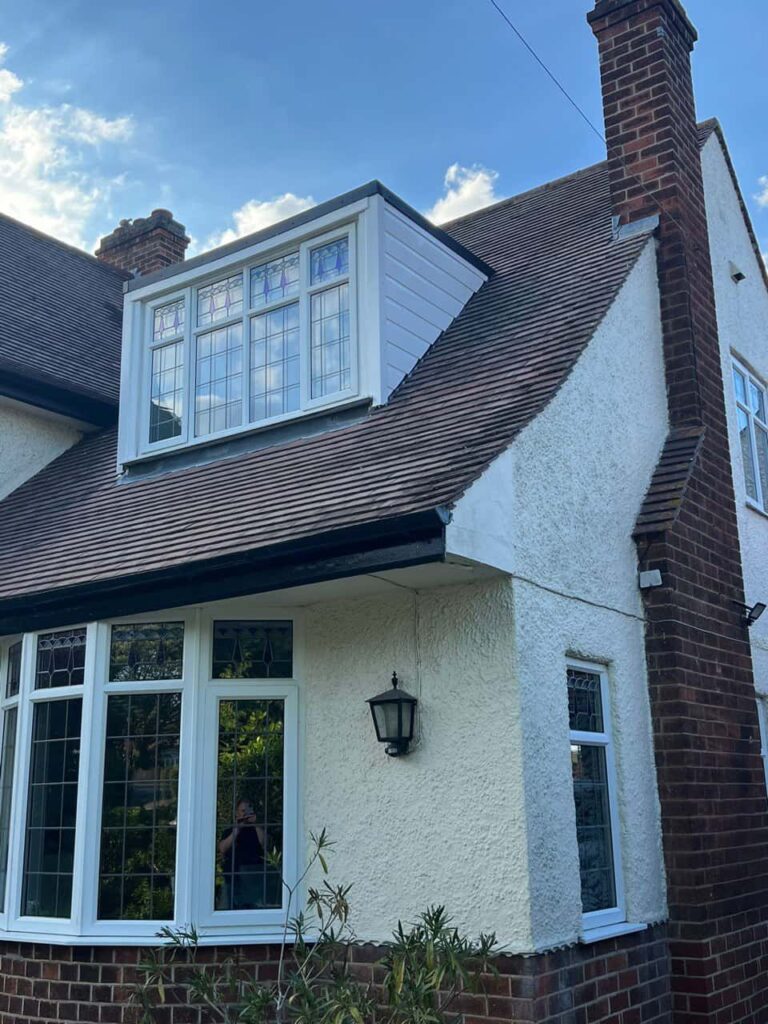Introduction: Historic homes are a testament to architectural craftsmanship and a connection to our past. When it comes to maintaining and renovating these cherished properties, preserving their historical integrity is essential. One crucial aspect of such preservation is dormer re-roofing. In this blog post, presented by Clifton Roofing Repairs, we’ll explore the unique considerations and challenges of re-roofing dormers in historic homes, ensuring they stand as a testament to our architectural heritage.
1. Research and Documentation
Thorough research and documentation are essential before embarking on a dormer re-roofing project in a historic home. This includes:
Historical Records: Consult historical records and archives to understand the home’s original construction, materials, and architectural features.
Photographic Documentation: Take detailed photographs of the existing dormer and its roofing materials, paying attention to any unique or historic details.
Architectural Styles: Identify the architectural style of the home and the era it represents. This will guide your choice of roofing materials and design.
2. Material Selection
Preserving the authenticity of the historic home is paramount. When selecting roofing materials, consider options that match the era and architectural style. Common choices for historic homes include:
Slate Roofing: Ideal for many historic styles, slate provides durability, authenticity, and an elegant appearance.
Wooden Shingles or Shakes: These materials can maintain the home’s original appearance while providing necessary protection.
Copper Roofing: A durable and historically accurate choice for specific architectural styles, such as Colonial or Victorian.
3. Local Regulations and Historic Districts
Many historic homes are located in designated districts, often with strict regulations governing renovations and re-roofing. Ensure that your project complies with local guidelines and obtains any necessary permits.
4. Skilled Craftsmanship
Preserving the historical integrity of a dormer requires skilled craftsmanship. Roofers experienced in working on historic homes understand the nuances of these projects, from replicating original details to ensuring proper flashing and ventilation.
5. Preservation of Original Details
Historic dormers often feature unique architectural details, such as ornate trim, decorative brackets, or intricate dormer windows. During the re-roofing process, special care must be taken to preserve these details or recreate them accurately.
6. Replicating Historical Roof Styles
In some cases, it may be necessary to replicate the historical roof style of the home. This might involve matching the original roofing materials’ colour, texture, and pattern to maintain authenticity.
7. Environmental Considerations
When re-roofing historic homes, consider eco-friendly roofing materials and practices to minimise the environmental impact. Some materials, like recycled slate or cedar, can be sustainable options.
Conclusion: Dormer re-roofing in historic homes is a delicate balancing act between preservation and modernisation. By conducting thorough research, selecting appropriate materials, adhering to local regulations, and enlisting skilled craftsmen, you can ensure that your historic home’s dormer retains its architectural authenticity while gaining the benefits of modern roofing technology. Clifton Roofing Repairs understands the unique challenges and importance of preserving historic homes, and we’re here to assist you in safeguarding these architectural treasures for generations to come.
Call us on: 0115 647 1193
Click here to find out more about Clifton Roofing Repairs
Click here to complete our contact form and see how we can help with your roofing needs.

